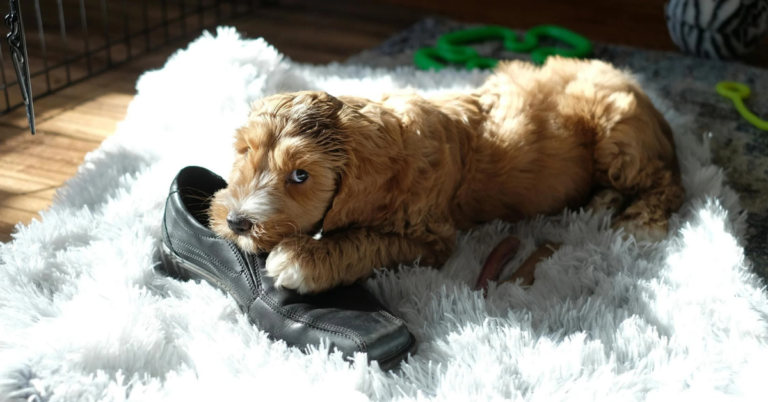30 Things That Make Dogs Instantly Trust You
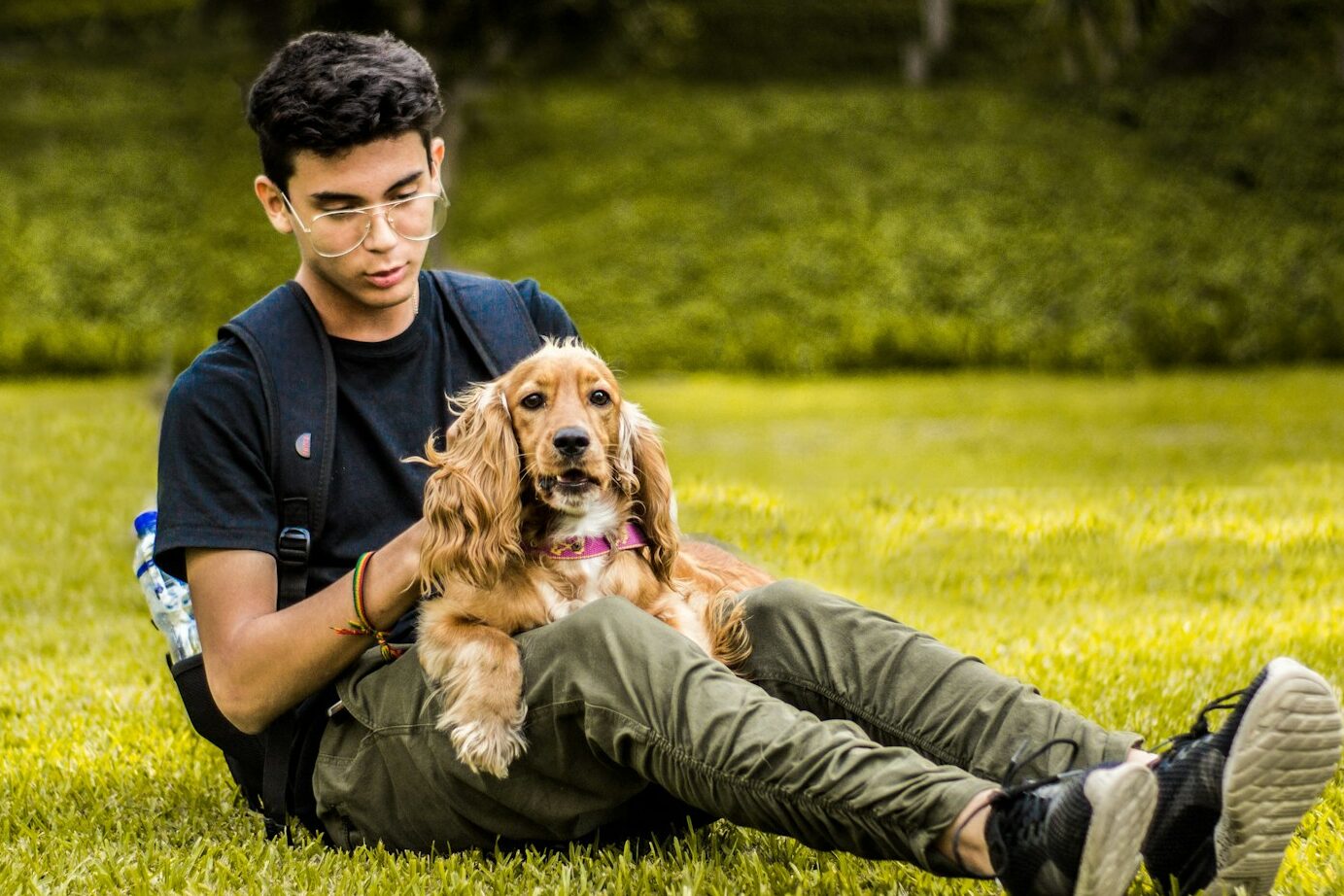
Trust isn’t something you can demand from a dog—it has to be earned. Dogs are highly observant and pick up on small details in human behavior. Some bond quickly, while others need time. If you want to gain a dog’s trust, here are 30 ways to make them feel safe.
Let Them Approach You First
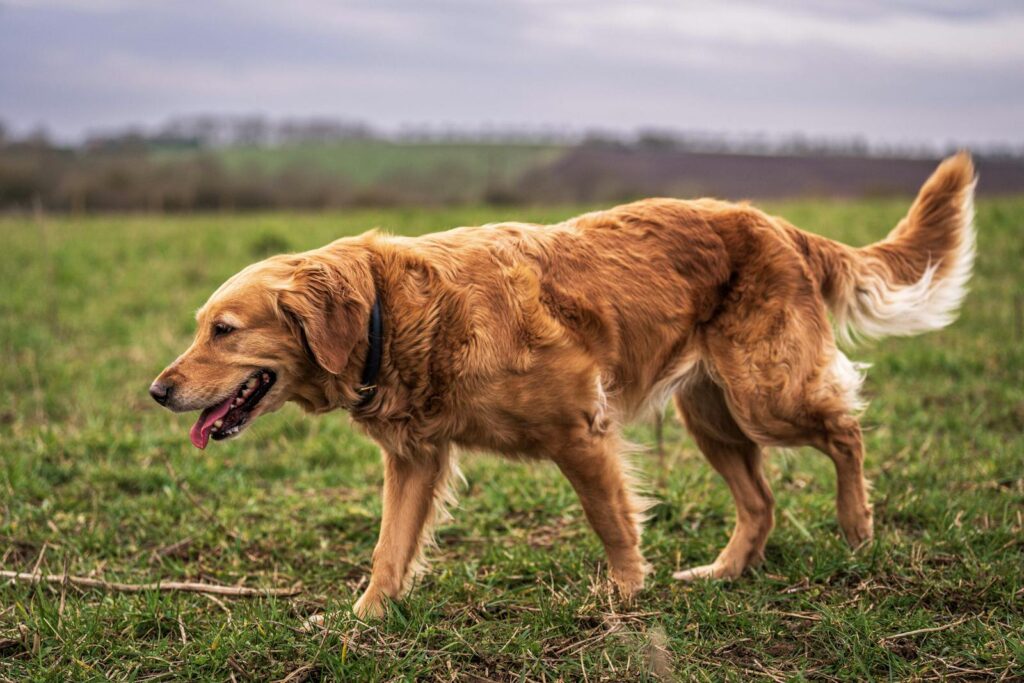
Instead of rushing to pet, let them decide when they feel comfortable coming to you. Moving toward them too quickly can be intimidating, especially for shy or anxious dogs. Allowing them to sniff you first, without pressure, shows that you respect their space and their comfort level.
Speak in a Soft, Calm Voice
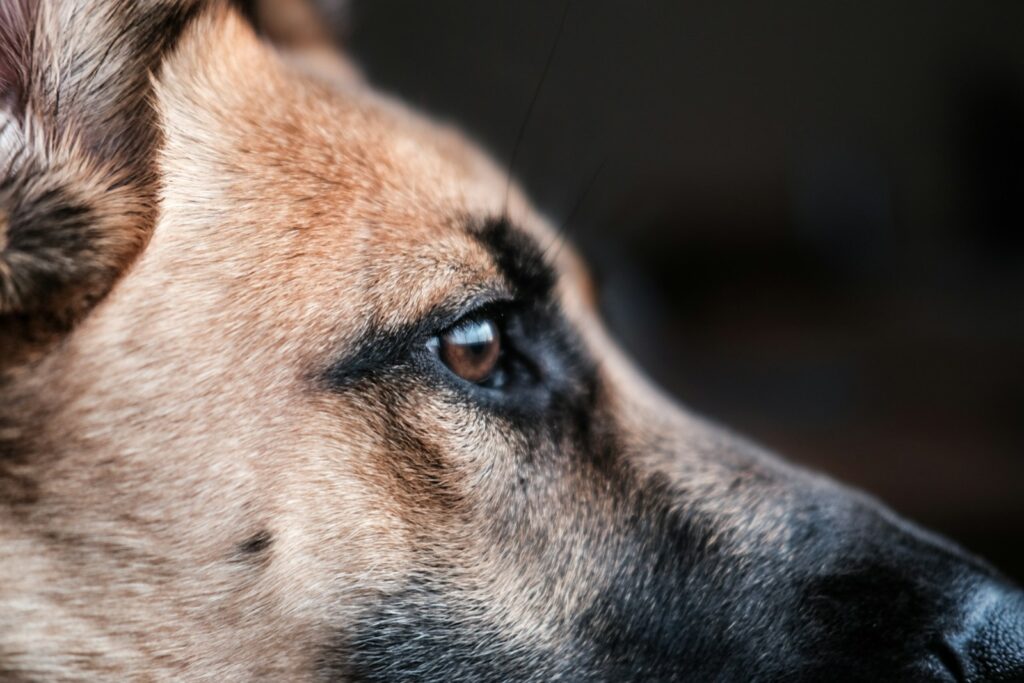
Pups respond best to gentle, soothing tones rather than loud or high-pitched voices. Speaking in a calm manner reassures the dog that you are not a threat. A relaxed voice helps dogs feel safe, making it easier for them to trust you over time.
Blink Slowly Instead of Staring
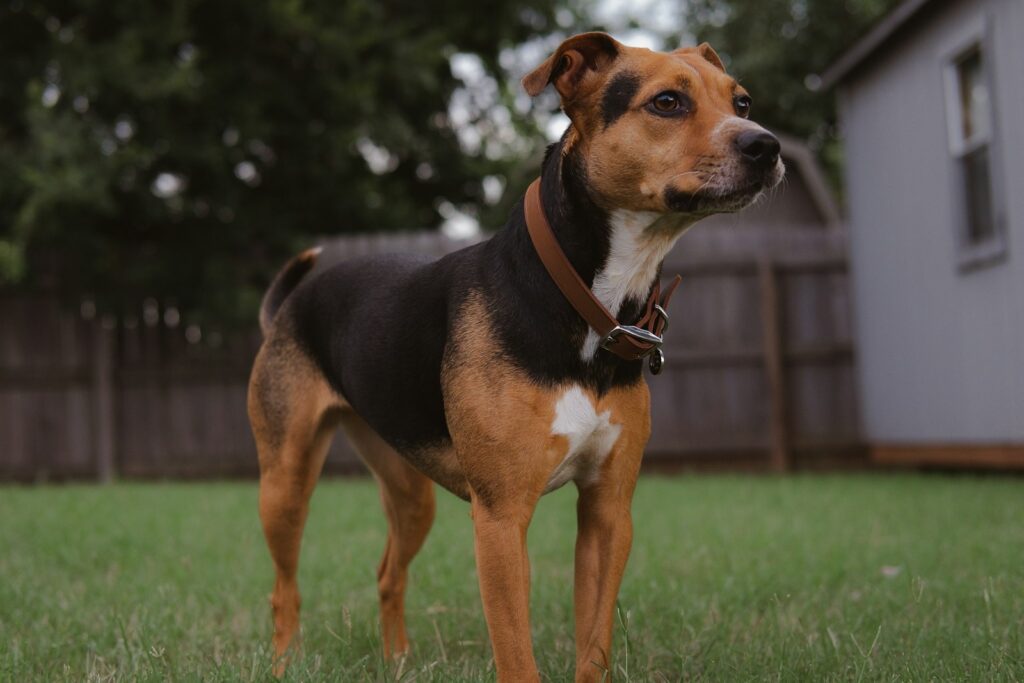
Direct staring can be interpreted as a challenge or a threat in dog language. Instead of maintaining constant eye contact, soften your gaze and blink slowly. This mimics a relaxed, non-threatening dog behavior and signals that you’re friendly, helping to build trust without making them feel uncomfortable.
Offer Them a Treat Without Forcing It
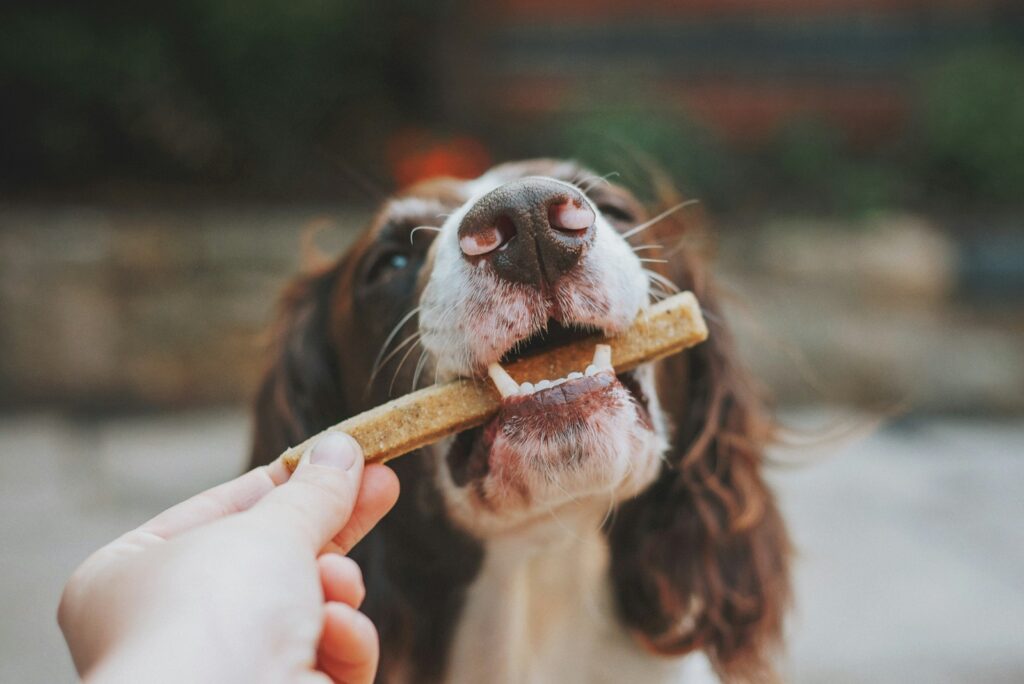
Food is one of the fastest ways to a dog’s heart, but trust is built when they feel in control. Instead of pushing a treat toward them, hold it in your hand at a comfortable distance and let them take it when they’re ready. This creates a positive, pressure-free interaction.
Get Down to Their Level
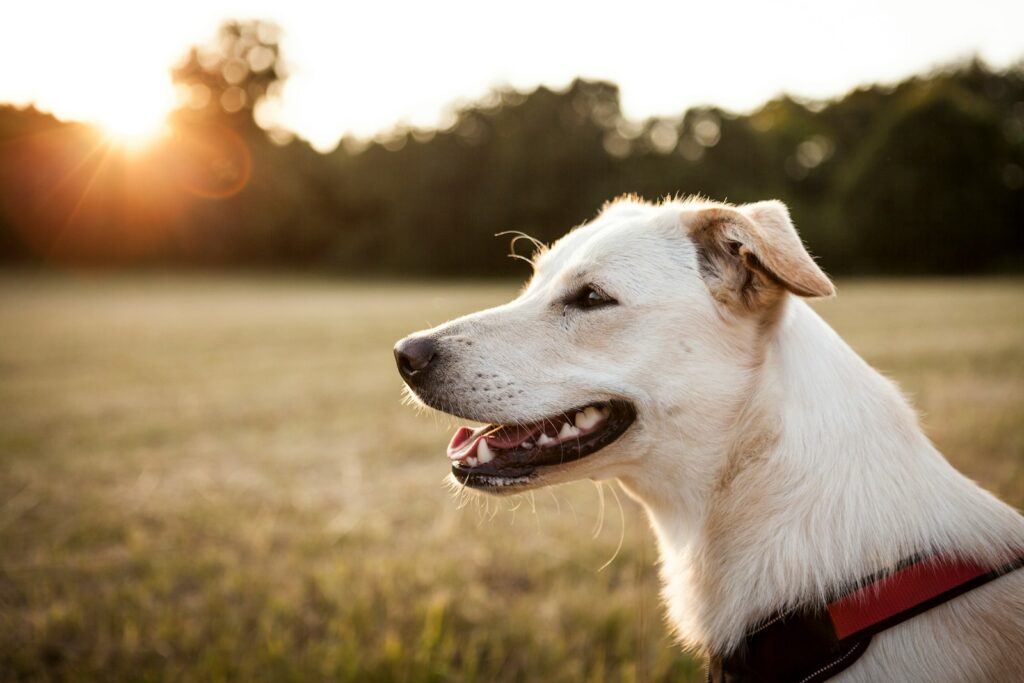
Standing over a dog can feel intimidating to them, especially for small dog breeds or nervous rescues. Crouching or sitting on the floor makes you appear less threatening and more approachable. By bringing yourself down to their level, you show them that you are safe.
Respect Their Personal Space

Some dogs take longer to warm up than others, and forcing interaction can backfire. If a dog steps away or avoids contact, don’t push them. Give them time to observe and get used to you from a safe distance. When they realize you respect their space, trust develops naturally.
Avoid Sudden Movements

Quick, unexpected movements can startle some dogs and make them wary of a person. Whether it’s standing up suddenly, reaching for them too quickly, or making abrupt gestures, it’s important to move calmly. Slow, predictable movements help dogs feel secure, making them more likely to trust and approach you willingly.
Let Them Sniff You First
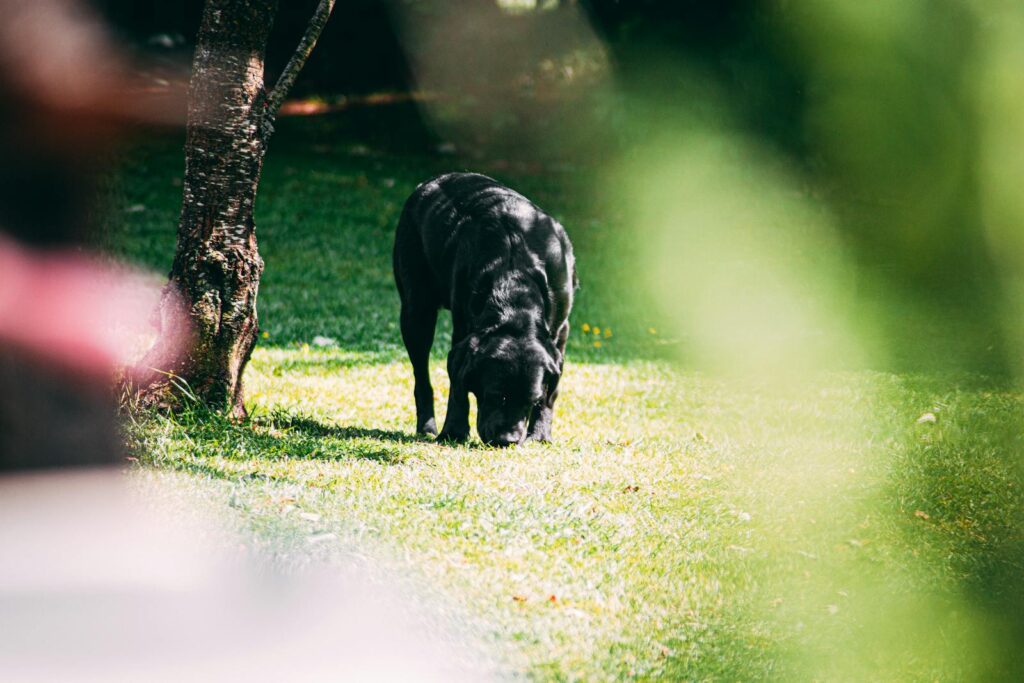
A dog’s sense of smell is their main way of gathering information about the world. Before petting them, allow them to sniff your hand or clothing. This helps them familiarize themselves with your scent and decide if they feel comfortable around you. Giving them the choice to investigate builds trust.
Use Positive Reinforcement
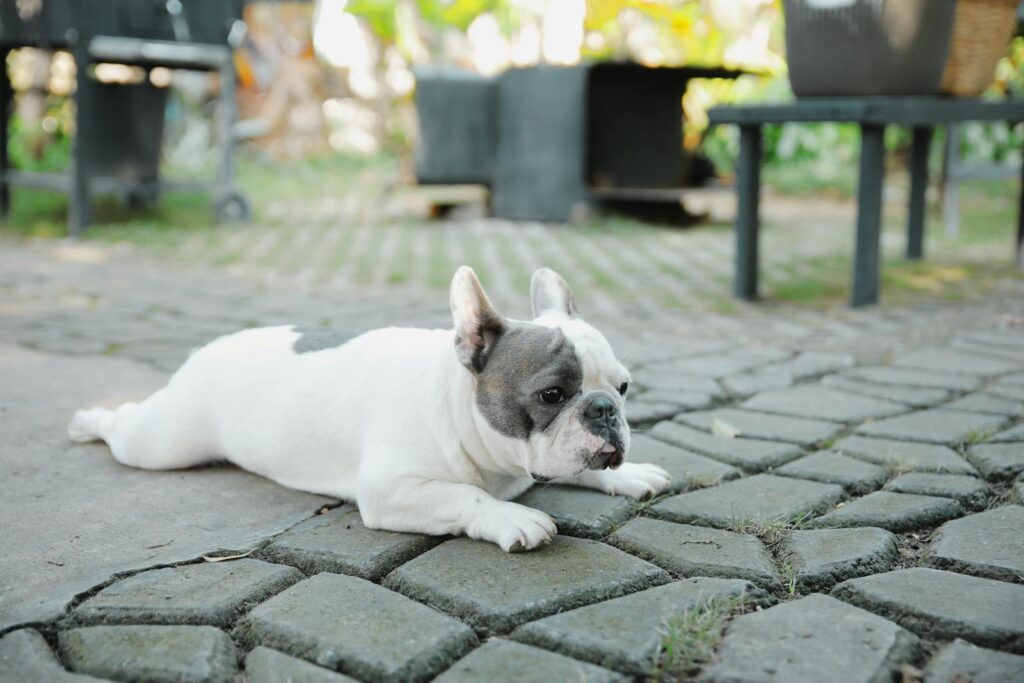
Rewarding good behavior with treats, praise, or gentle petting also helps with trust. Dogs associate positive outcomes with safe people. When they realize you provide rewards in a kind, predictable way, they will be more likely to trust and seek interaction with you over time.
Let Them Take the Lead on Interaction

Not all dogs like attention right away or physical touch. Instead of reaching for them right away, let them decide when and how they interact with you. Allowing them to approach, sniff, and initiate contact in their own time builds confidence and trust without making them feel pressured.
Scratch Their Chest Instead of Patting Their Head
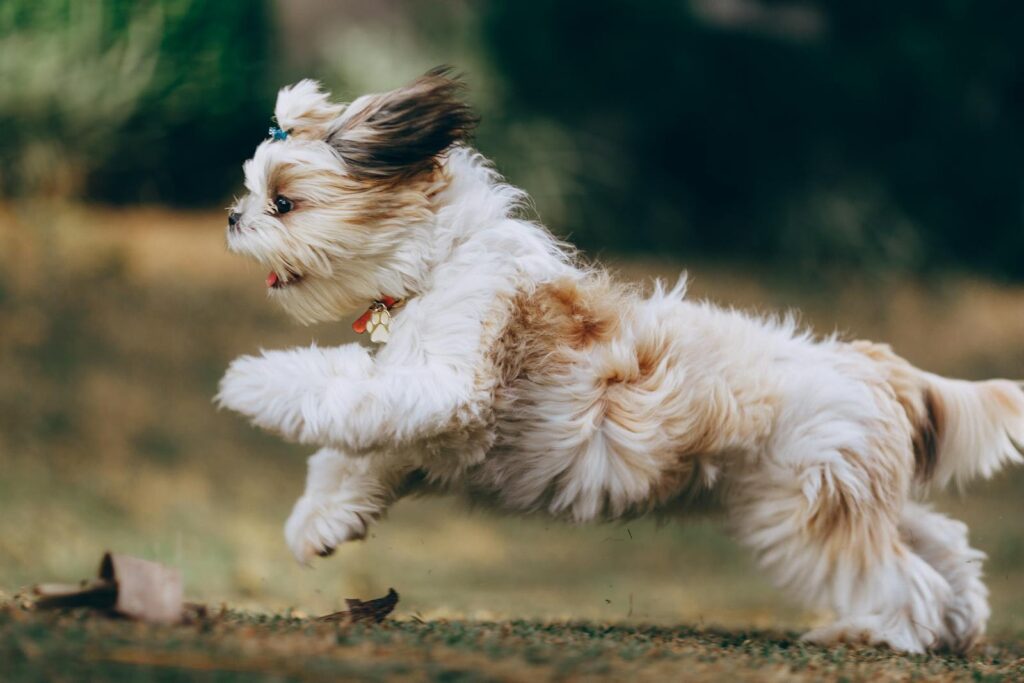
Many dogs dislike being patted on the head, as it can feel like a dominant or intrusive action. Instead, gently scratching their chest or under their chin is more inviting and comfortable for them. Approaching from the front instead of above makes the interaction feel less intimidating.
Be Predictable in Your Actions
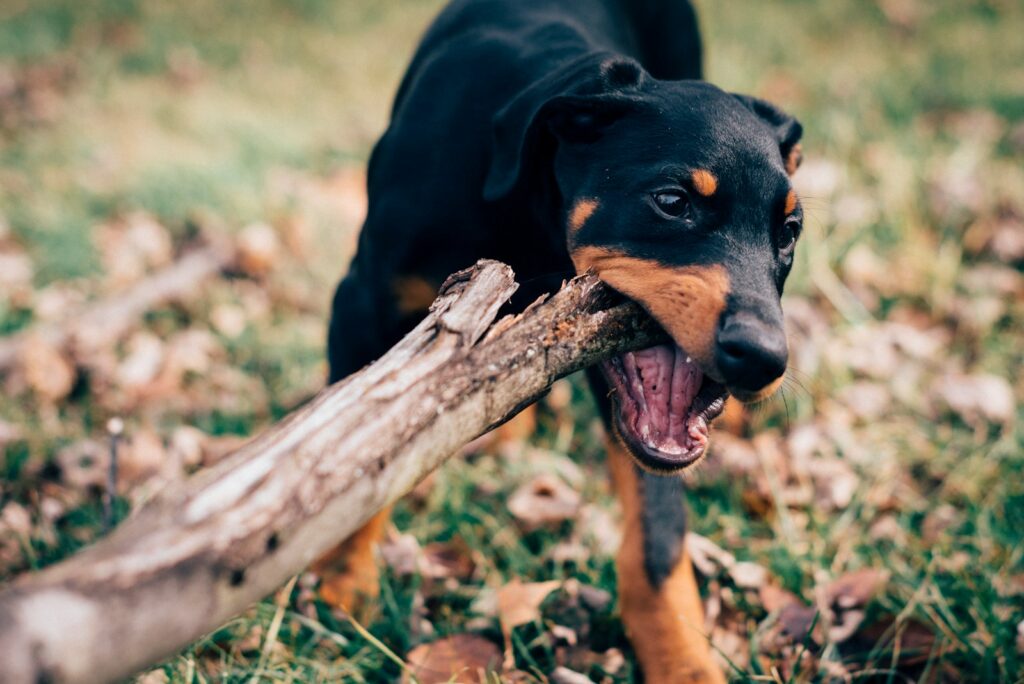
Dogs feel safer around people who act in a calm, predictable manner. If your behavior is inconsistent—being gentle one moment and loud or rough the next—they may struggle to trust you. Establishing routines, responding consistently, and keeping your energy level stable helps dogs feel secure and at ease.
Use Slow Hand Movements When Petting

Quick, heavy-handed petting can feel overwhelming for some dogs. Instead of rapid pats, use slow, gentle strokes along their side or back. This approach is less stimulating and more relaxing, making the dog feel safer. The more comfortable they are with your touch, the more trust they’ll develop.
Avoid Leaning Over Them

Leaning over a dog can be interpreted as a sign of dominance or a potential threat. Instead of bending down over them, approach from the side or crouch at their level. This makes the interaction feel less intimidating and helps the dog feel more in control of their personal space.
Let Them Smell Your Clothes

Dogs gather a lot of information through scent, and allowing them to sniff your clothes or shoes can make them feel more comfortable around you. If you’re meeting a new dog, wearing clothing with familiar scents, such as from their owner, can help them associate you with safety and familiarity.
Use Treats to Build Positive Associations
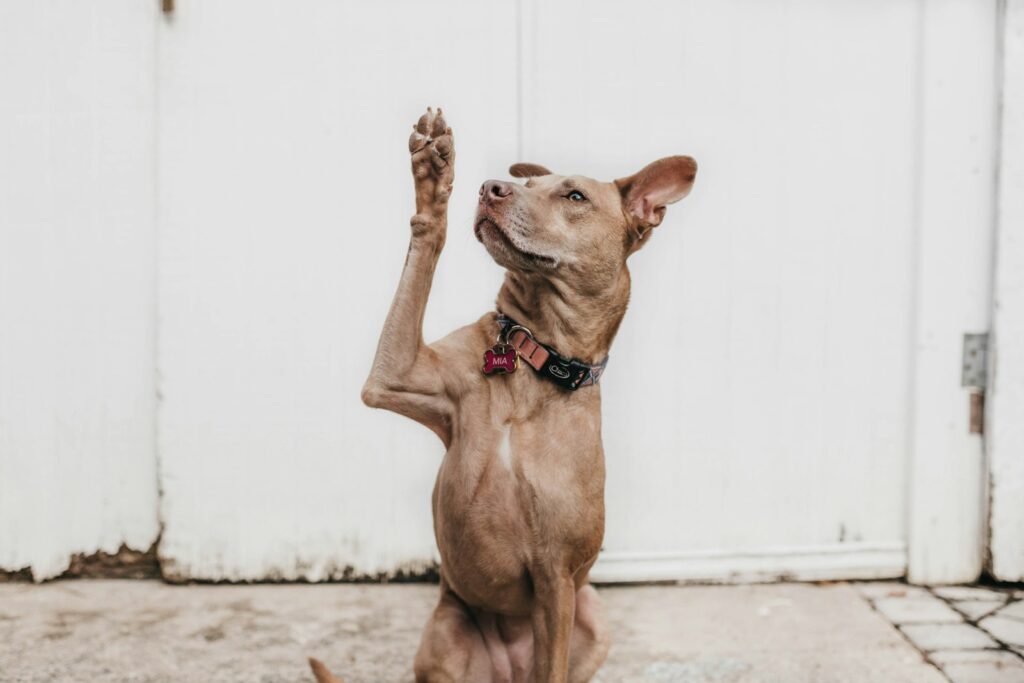
Offering treats at the right time can create strong positive associations. If a dog is nervous around you, tossing treats in their direction without forcing interaction helps them build trust at their own pace. Over time, they will associate your presence with something rewarding and safe.
Allow Them to Observe You from a Distance
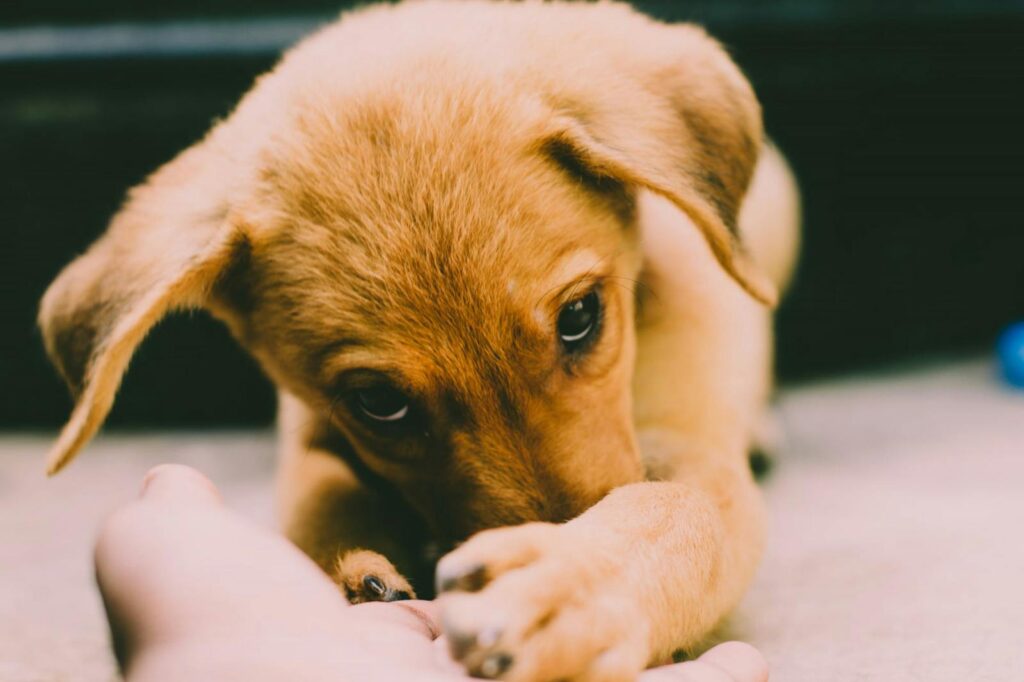
Some dogs need time to watch and assess a new person before feeling comfortable. Giving them space to observe you without direct interaction shows that you respect their need for caution. Once they feel safe, they are more likely to approach you.
Mirror Their Body Language
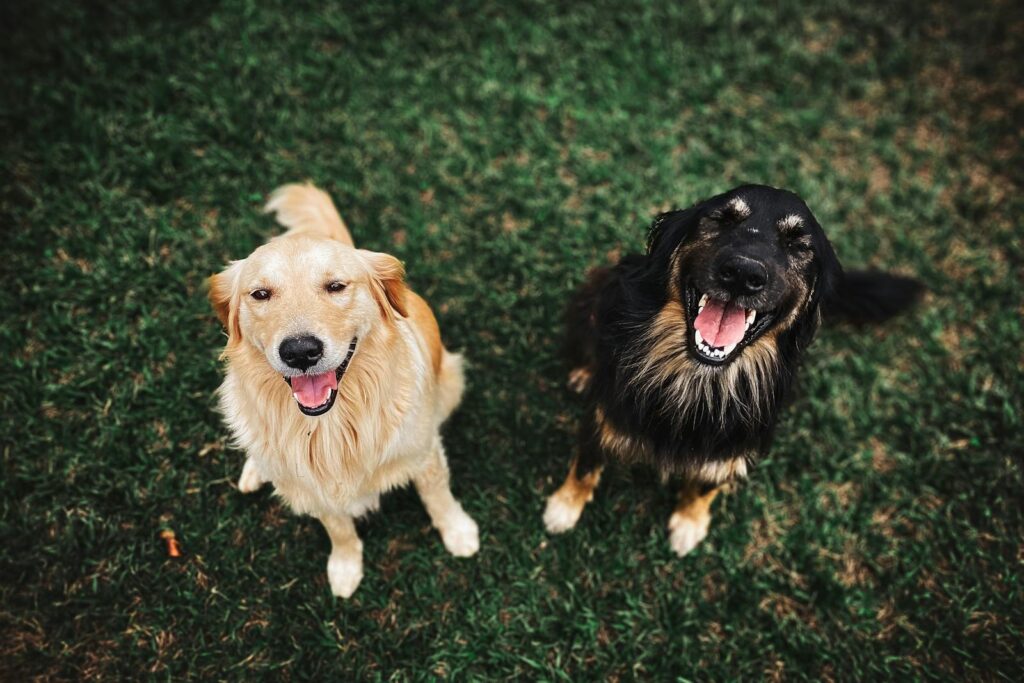
Dogs feel more comfortable around people who reflect their own energy. If they are calm and relaxed, mirroring that energy by sitting quietly or moving gently can reassure them. If they’re playful, engaging with soft enthusiasm can build trust. Matching their comfort level helps create a connection.
Walk at Their Pace on Leash
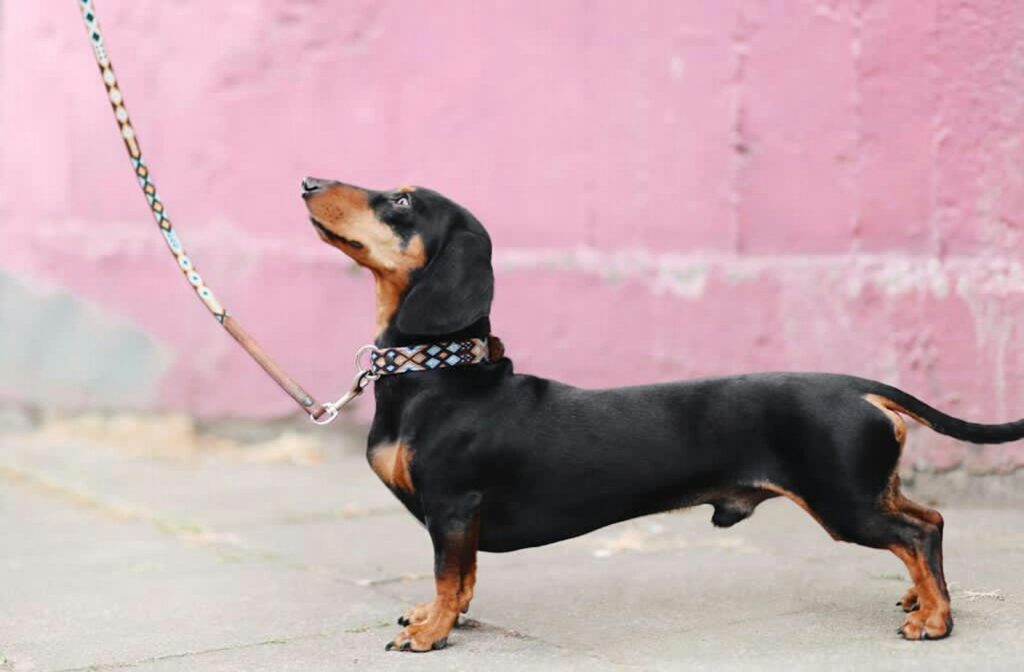
When walking a dog, letting them explore at their own pace rather than pulling them along builds trust. Rushing them or yanking the leash can make them feel uneasy. Allowing them to sniff, observe, and walk comfortably reassures them that they have control and that you respect their choices.
Give Them a Safe Space
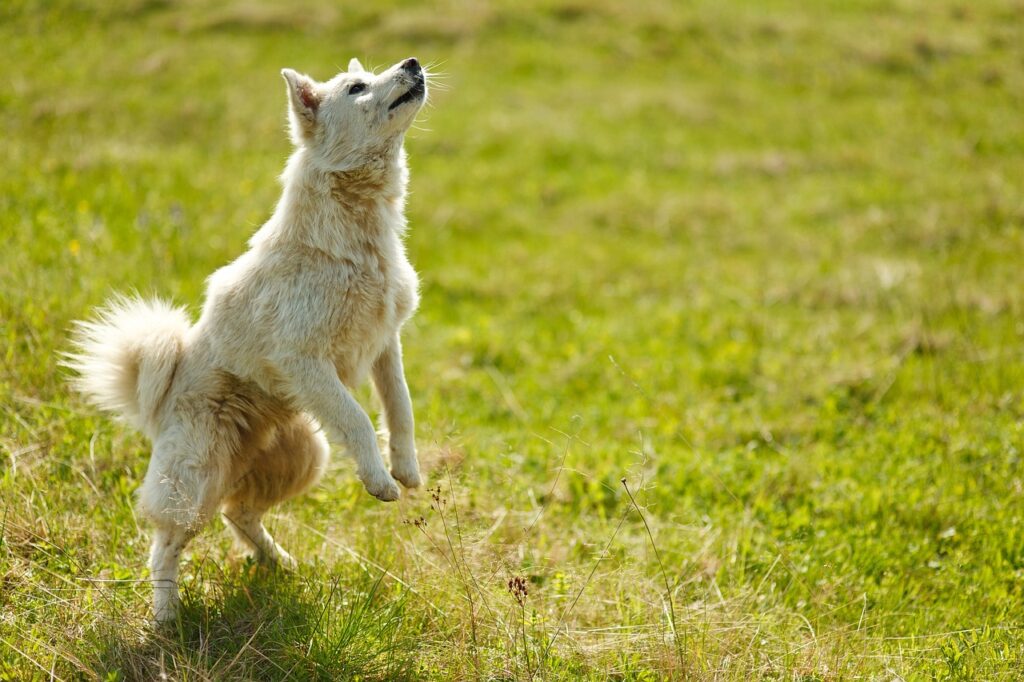
Dogs feel more secure when they have a designated safe area where they can retreat without being disturbed. If a dog trusts that they can have space when they need it—like a bed, crate, or quiet corner—they will feel more comfortable and trusting of the people around them.
Be Gentle When Handling Their Paws
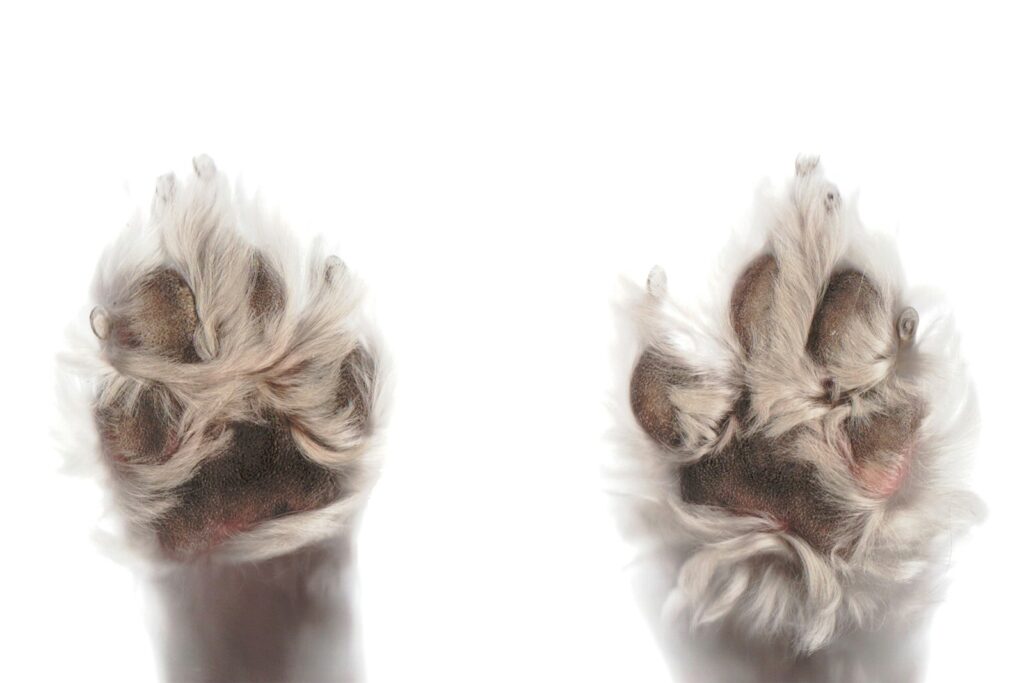
Many dogs are sensitive about their paws, so grabbing them abruptly can make them feel uneasy. If you need to touch their paws, start slowly, rewarding them with treats or praise. Building trust through gradual touch helps them feel safer during grooming, nail trimming, or medical checkups.
Don’t Force Physical Affection

Not all dogs enjoy being hugged or held tightly. If a dog pulls away or stiffens when being petted, respect their boundaries. Forcing physical contact can make them feel trapped. Instead, let them approach for affection on their own terms, which strengthens trust over time.
Give Them Time to Adjust to New Environments
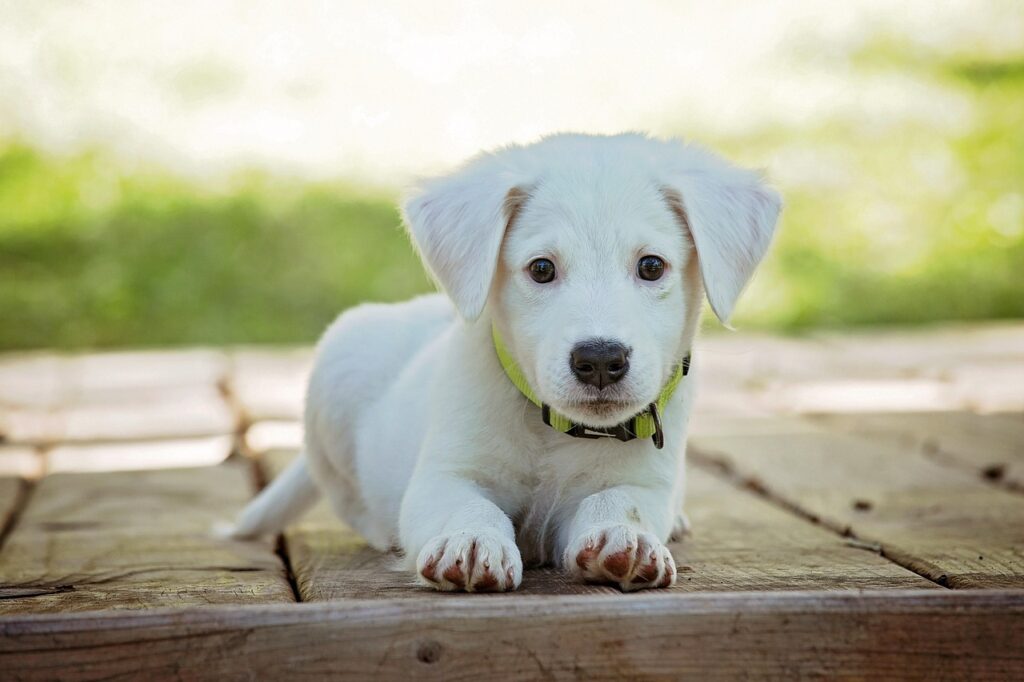
Dogs can feel overwhelmed in unfamiliar places, especially if they are naturally anxious or reserved. Allowing them time to explore new surroundings at their own pace builds confidence. Rushing them into new experiences can create stress, but letting them take their time reassures them that they are safe.
Avoid Loud Noises or Sudden Claps

Loud noises, such as clapping, shouting, or dropping objects, can startle dogs and make them wary of their surroundings. If they associate you with sudden loud sounds, they may feel anxious around you. Speaking gently and moving quietlyhelps create a calm, trust-building environment that makes them feel secure.
Encourage Gentle Socialization with Other Dogs
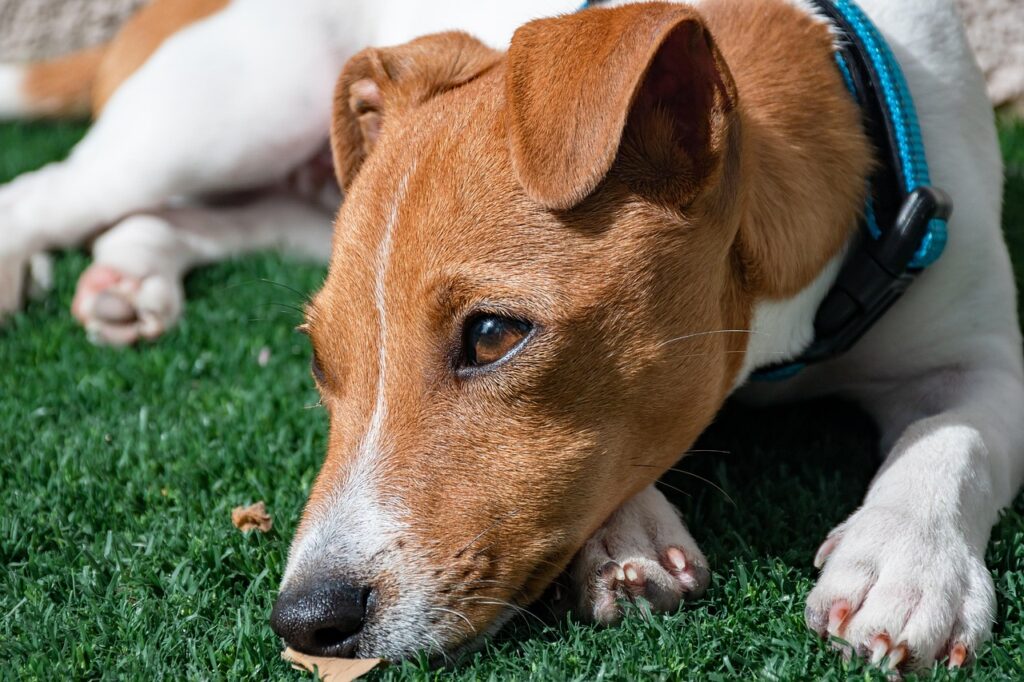
If a dog is uncertain around people, positive interactions with other well-behaved dogs can help build their trust. Watching a trusted dog interact calmly with you can reassure them that you are friendly. Gradual socialization allows them to see you as part of a safe and positive environment.
Offer Affection in Small, Comfortable Doses

Some dogs love affection, while others prefer minimal contact. Instead of overwhelming them with constant petting, offer affection in small doses and see how they respond. Letting them dictate how much interaction they want shows respect for their comfort level and helps strengthen the trust between you.
Avoid Grabbing Their Collar Suddenly
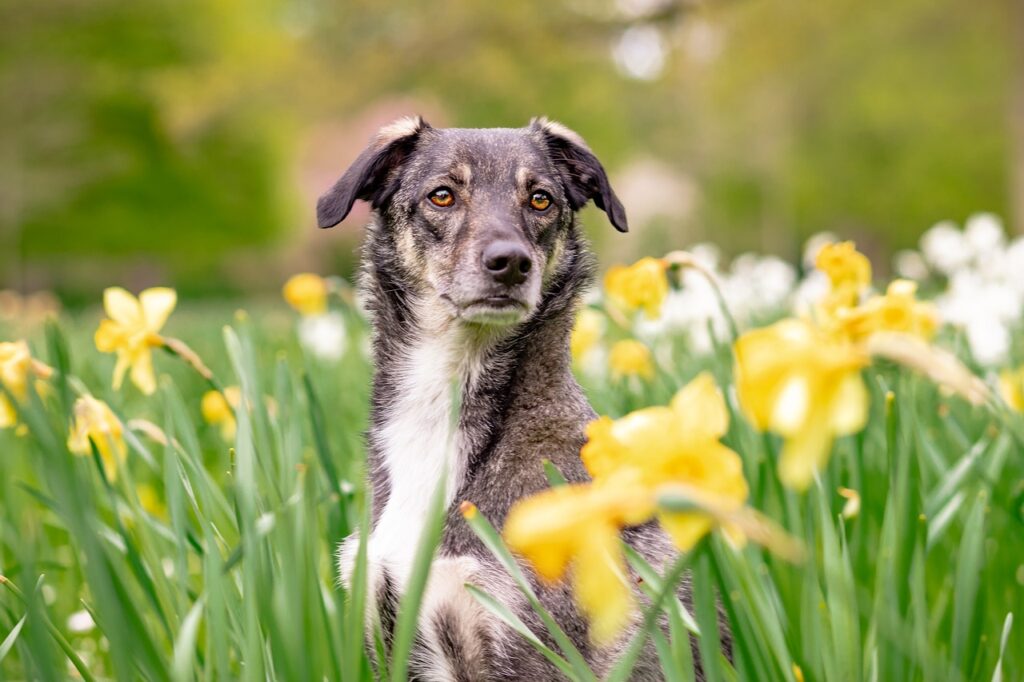
Many dogs become uneasy when their collar is grabbed suddenly, as it can make them feel trapped. If you need to guide a dog by their collar, do so gently and with a calm voice. Teaching them that being handled this way isn’t a punishment will help build their confidence.
Offer a Consistent Routine
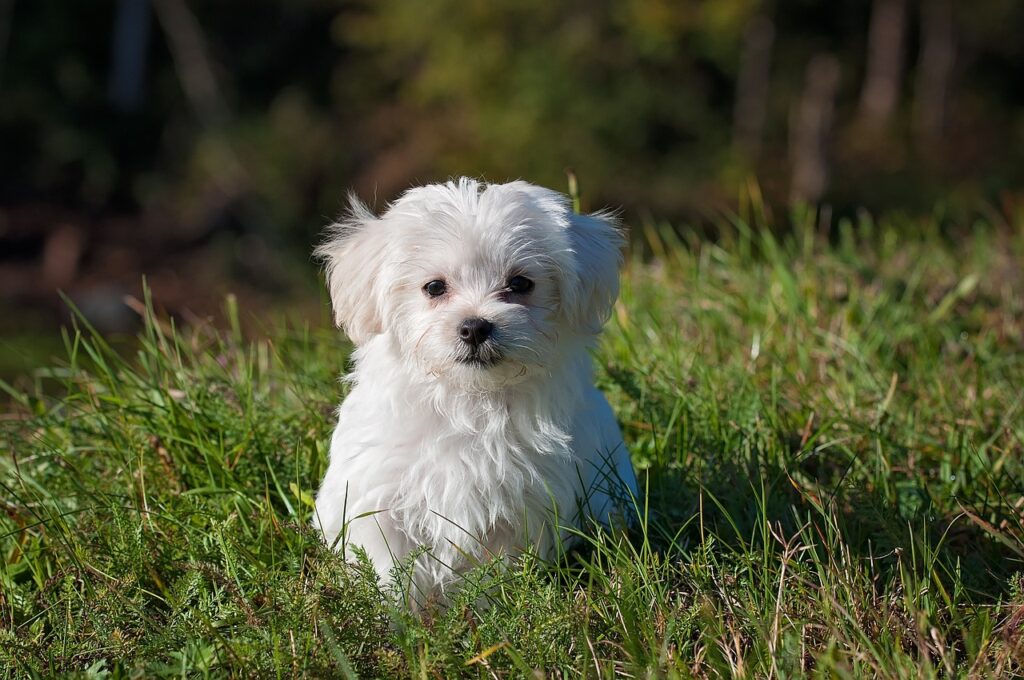
Dogs feel safer when they know what to expect. If their daily schedule is unpredictable, it can create stress and insecurity. Keeping a routine with consistent feeding times, walks, and interactions reassures them that they are in a stable environment, which naturally builds trust over time.
Let Them to Sniff and Explore Freely
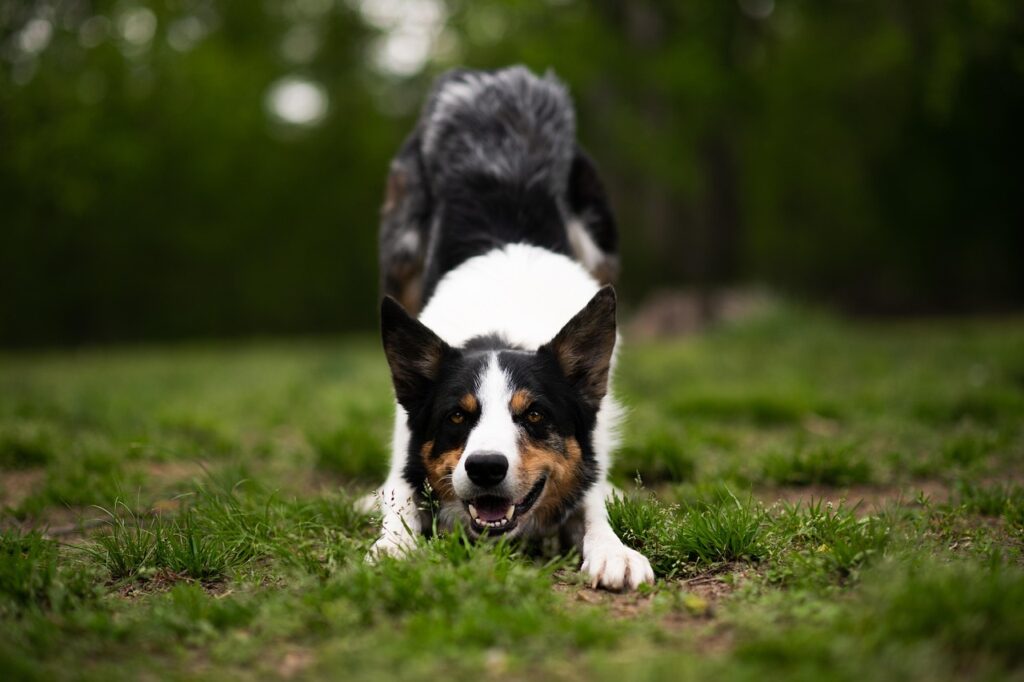
Dogs rely on their sense of smell to understand the world. Allowing them time to sniff and explore during walks helps them feel more confident and engaged. Rushing them or pulling them away from interesting scents can create frustration. Letting them investigate at their own pace helps them feel more relaxed.
Always Be Patient and Respect Their Boundaries
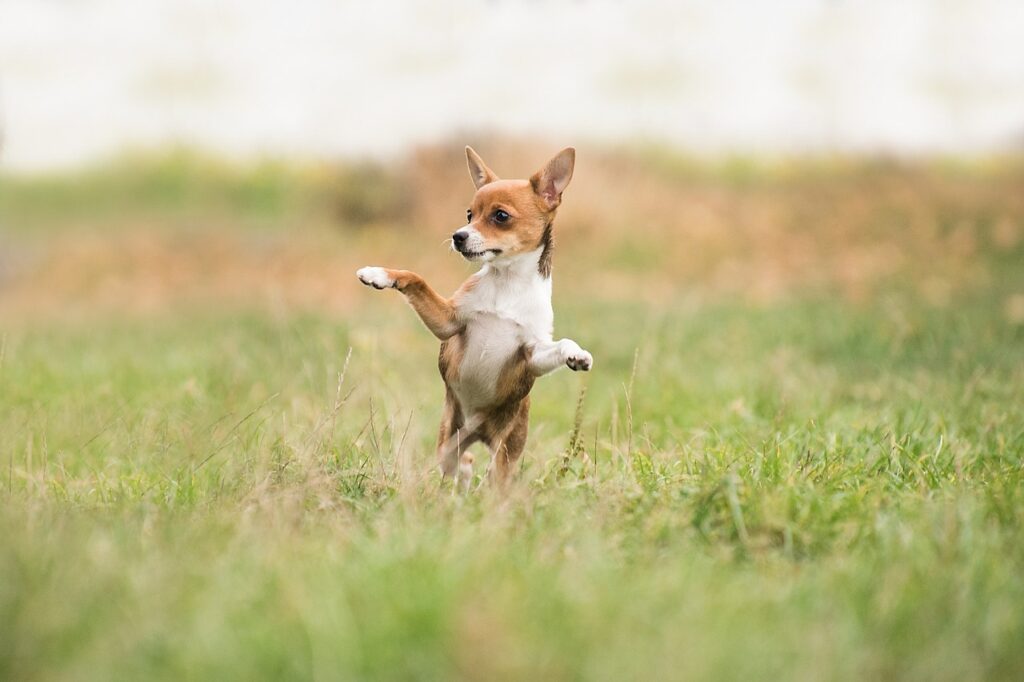
The most important factor in building trust with a dog is patience. Some dogs take longer to warm up than others, and forcing interactions can damage progress. Respect their pace, acknowledge their signals, and let them decide when they feel safe. Over time, trust will naturally grow between you.
